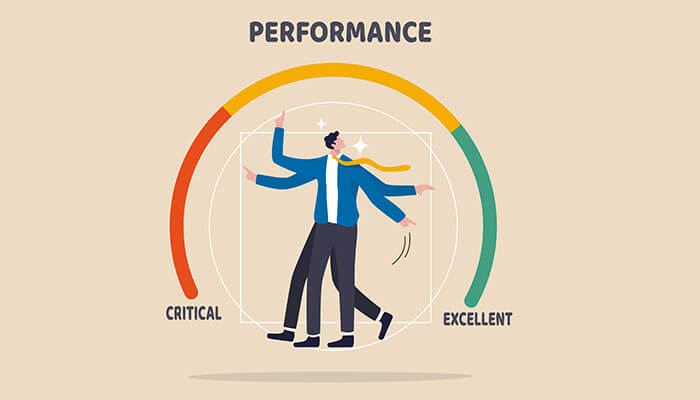Your employees are valuable assets that can contribute to your company’s success. It’s, therefore, critical to keep tabs on their abilities and proficiencies that enable success in their specific roles. Employee skills assessment, for instance, can provide an opportunity to evaluate and rate the various competencies among current and prospective employees.
However, intrinsic human biases often limit the ability to evaluate employees’ skills objectively. In addition, a rapidly changing job environment, such as employees in different geographical regions, can influence most job assessment outcomes.
With that, you can tap professionals and utilize modern technologies to aid you in this task. Data Drives Insight, for example, is among many organizations offering intuitive employee assessment tools that eliminate bias during staff assessments. With staff assessment software, you can effectively reveal blind spots that present your employees’ improvement opportunities.
Furthermore, here are some tips to help you conduct a successful employee skills assessment.
1. Communicate Your Intentions In Advance
Skills assessments can be unsettling due to various reasons. For one, it can fuel suspicions among employees aware of their skills gaps, which can result in disengagement and declining performance.
Therefore, it’s essential to communicate your objective clearly with your team before conducting any skills assessments. Staff buy-in is critical for a successful skills audit.
2. Identify The Skills You Want To Audit Using A Competency Framework
An employee skills assessment starts with establishing a clear competency framework that helps you assess your organization’s current position. While developing your competency framework, consider various factors that increase the chances of successful job performance, such as integrated knowledge, skills, and personal attributes.
It would also help to clarify the scope of your employee skill audit. For instance, if your organization is going through a specific crisis, your skills audit must pay more attention to employees’ competencies that enable the business to quickly navigate such a season.
3. Collect Your Data
Gathering your employees’ job-related information is a core component of any skills assessment that’s often time-consuming. The quality of your staff skill assessment report depends on the data collected to a great extent. Therefore, gathering information from different dimensions, including job content, job context, and role requirements, is crucial. This is especially useful when conducting pre-employment assessments for potential new hires.
a. Job content data: This relates to all the activities an employee must perform within a specific job, such as the appropriate use of particular machines, tools, and equipment. Other information categories can include specific duties a team member does or is expected to do desired outcomes, and requisite knowledge evidenced by academic papers or professional certifications.
b. Job context data: This information refers to an employee’s working environment that indirectly influences performance. Some data to be collected for job context include reporting lines, office and workplace conditions, observed danger, and physical and emotional demands. Job context data is often subjective due to its relative nature.
c. Job requirements data: How well your employees perform in different roles is determined by job requirements. Therefore, role requirement data usually considers a team member’s hard skills, including the technical knowledge necessary for their role. It also considers soft skills like personal and interpersonal communication, self-management, emotional intelligence, decision-making, and problem-solving, among others.
Using well-structured questions for each of the above sets can help ensure that the information collected is comprehensive enough to uncover strengths and areas of improvement. It can also bring forth areas of improvement that the business needs to focus on to increase employee job satisfaction.
4. Analyze Your Data
Once you have received all the completed skills audit questionnaires or forms, you’ll need to analyze the information provided. A thorough data analysis exercise can help you uncover subtle trends in your team members. It can also highlight specific challenges in your recruitment and training policies and present areas of improvement for your employees and the organization.
Once you have a clear picture of your organization’s skills base, you can consider different training and management programs to help address any apparent gaps.
Final Words
Acknowledging and supporting your team members’ growth can help keep them engaged and productive. Moreover, closing the skills gap among your team is critical to the growth and sustenance of any business. This is especially important for human health, disability, and care organizations where safety awareness and knowledge are critical.
Using data-driven employee skills assessment software can help team leaders conduct structured and objective employee skills assessments. Such tools can help eliminate bias while uncovering your employees’ strengths and weaknesses. This can then enable you to identify suitable programs that aid their development and growth and drive your business forward.



